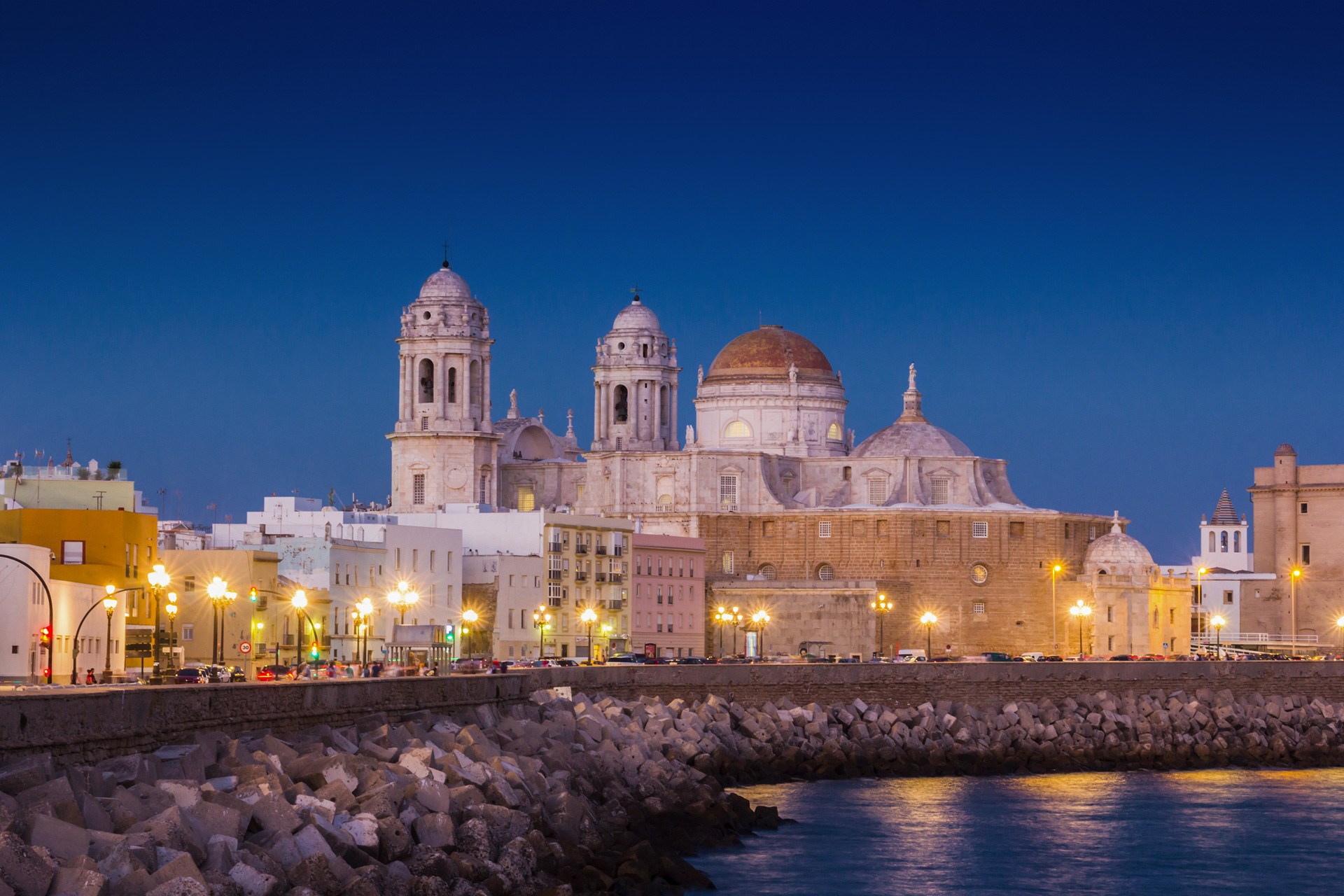
Un Saludo:)!
Back
Related articles
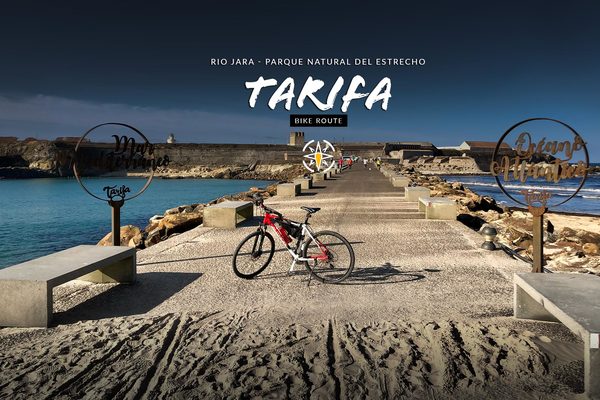
Enjoy a fantastic view of Africa!
Read more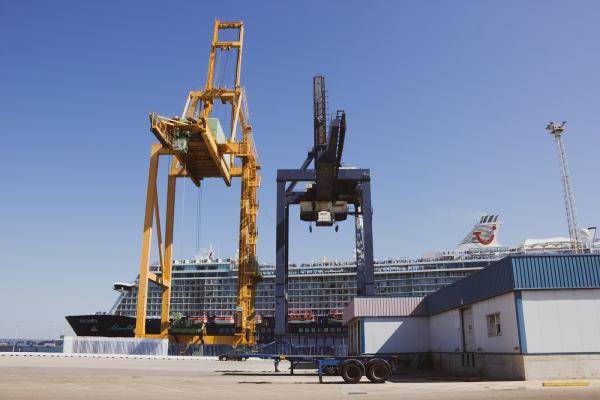
It is a perfect place for people who wish to visit Cadiz
Read more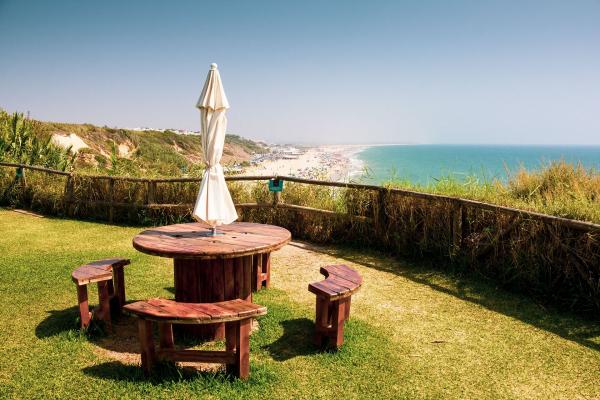
One of the best destinations in Andalusia for water sports.
Read more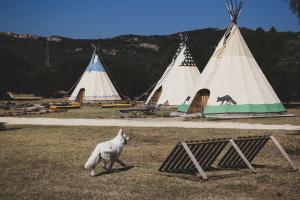
Passing through the Parque Natural Los Alcornocales we saw an unusual view of Indian tepees picturesquely situated on the shores of a lake...
Read more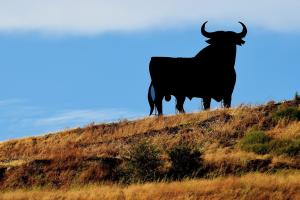
While traveling across Spain, I noticed impressive constructions representing a big black bull. What are those, and who designed them?
Read more